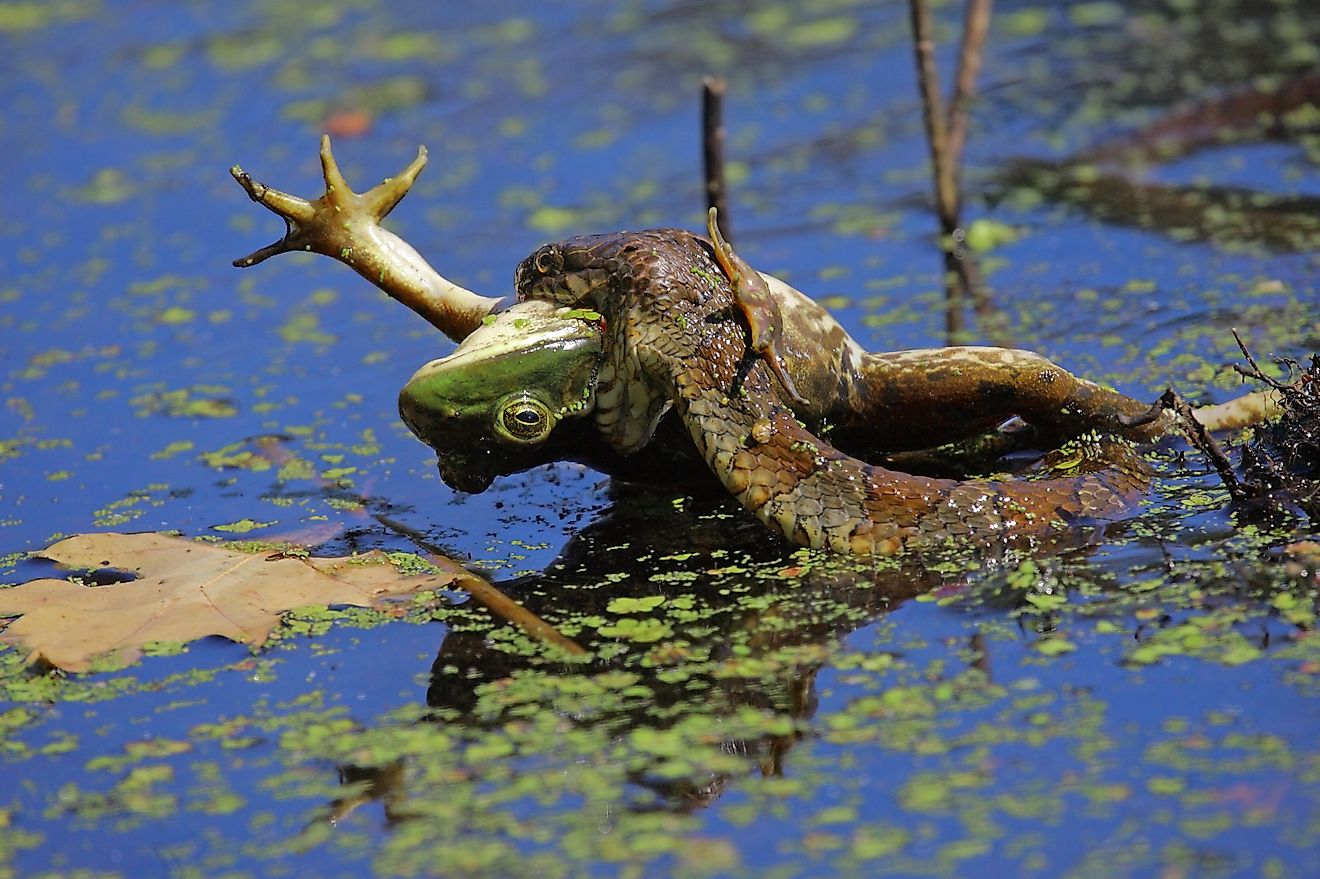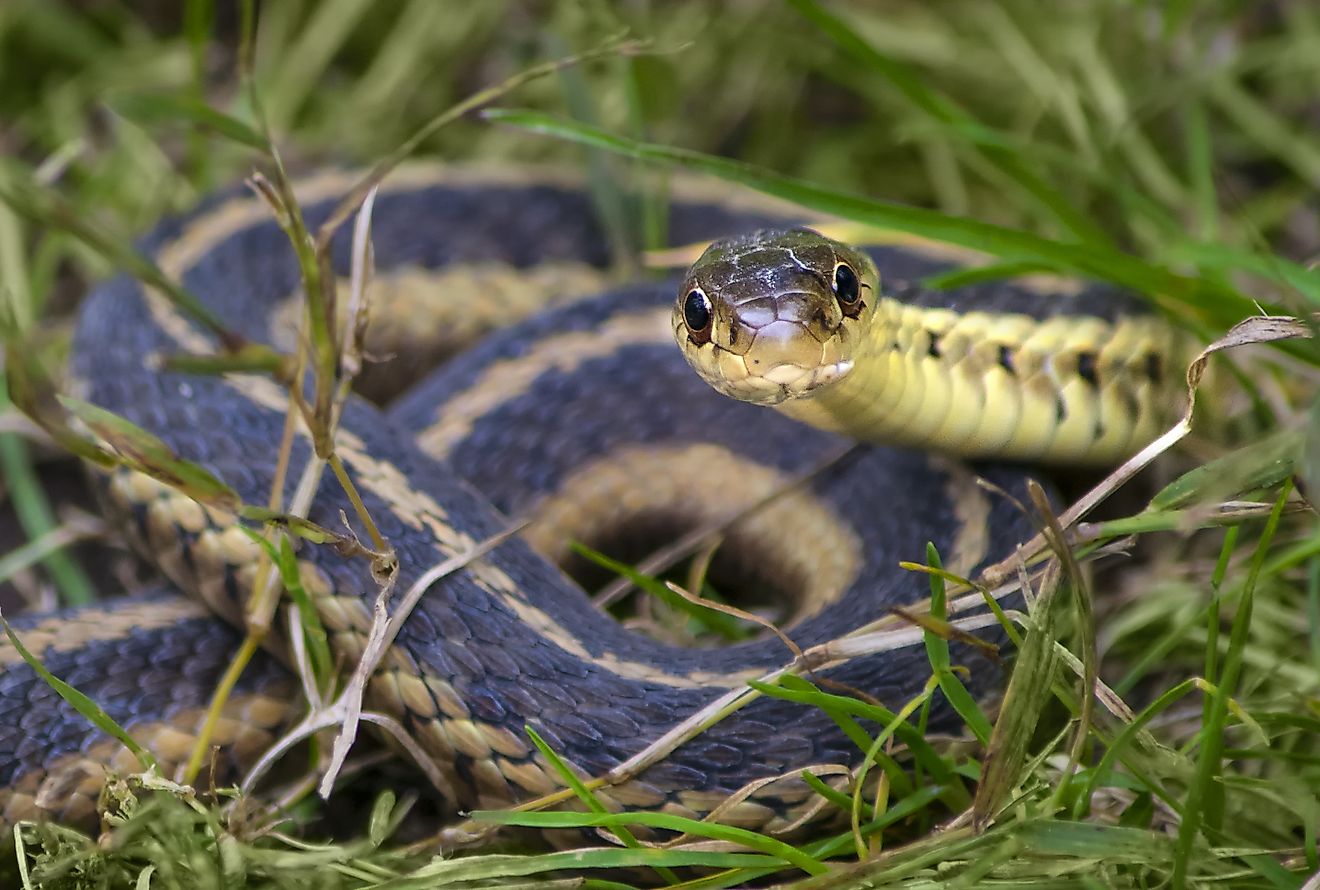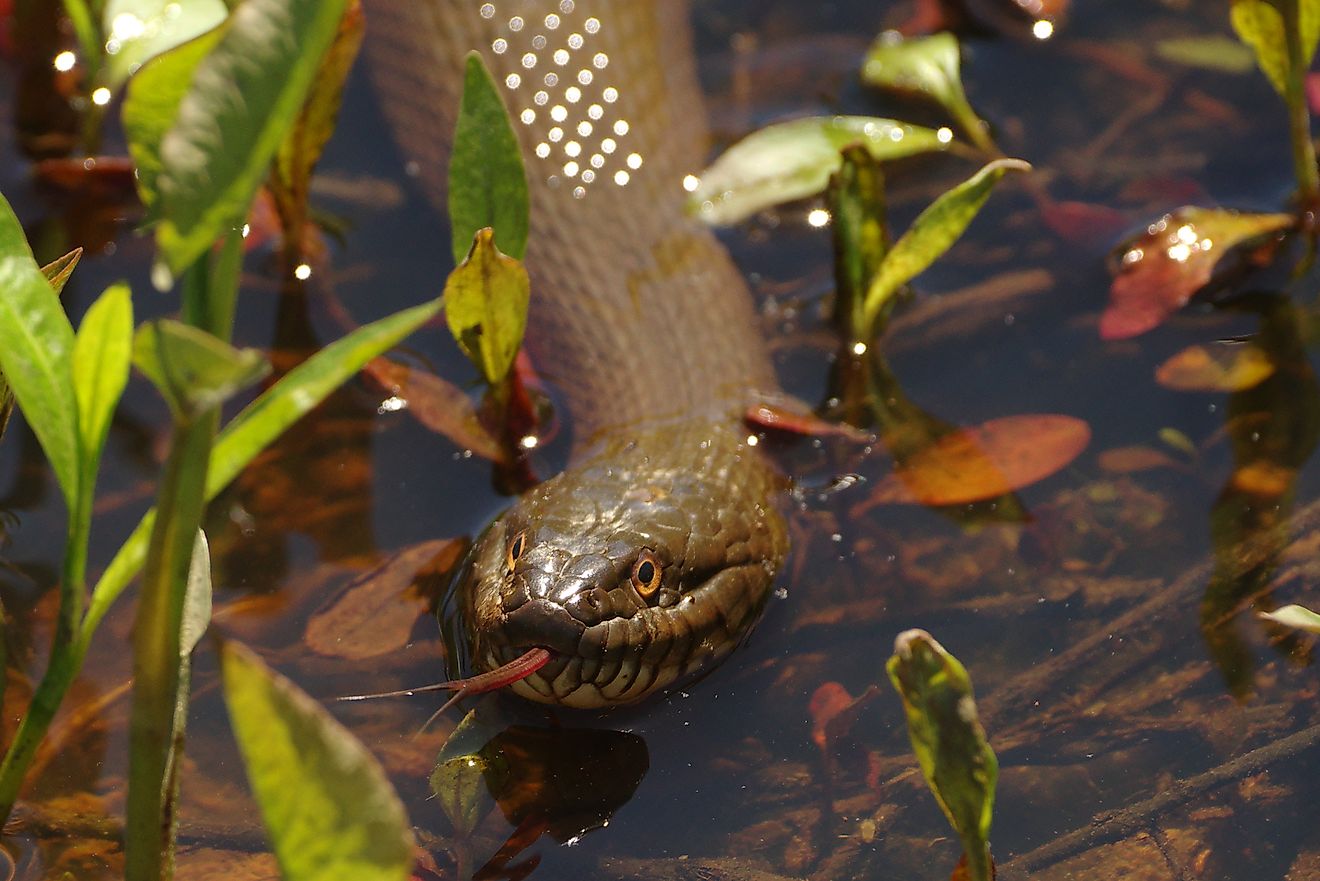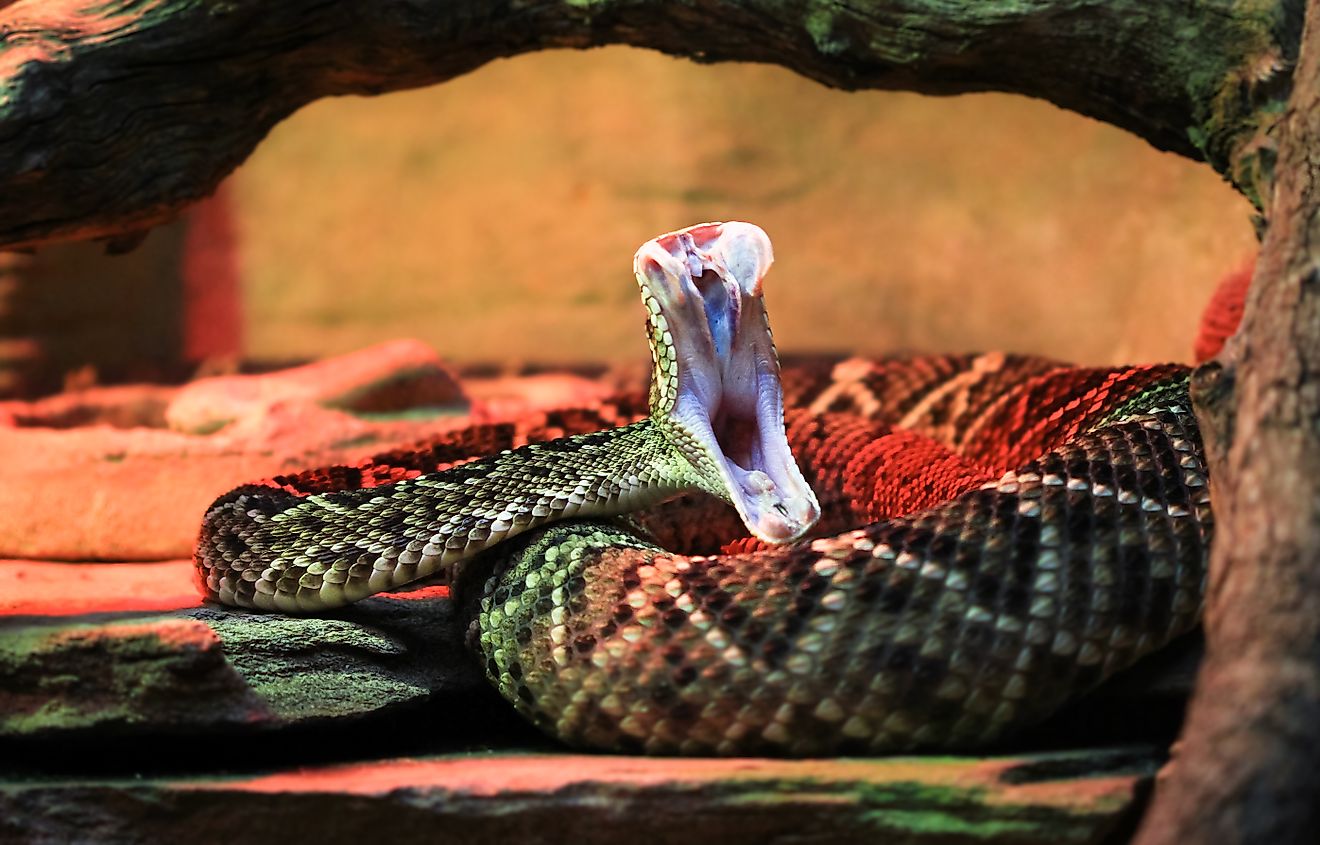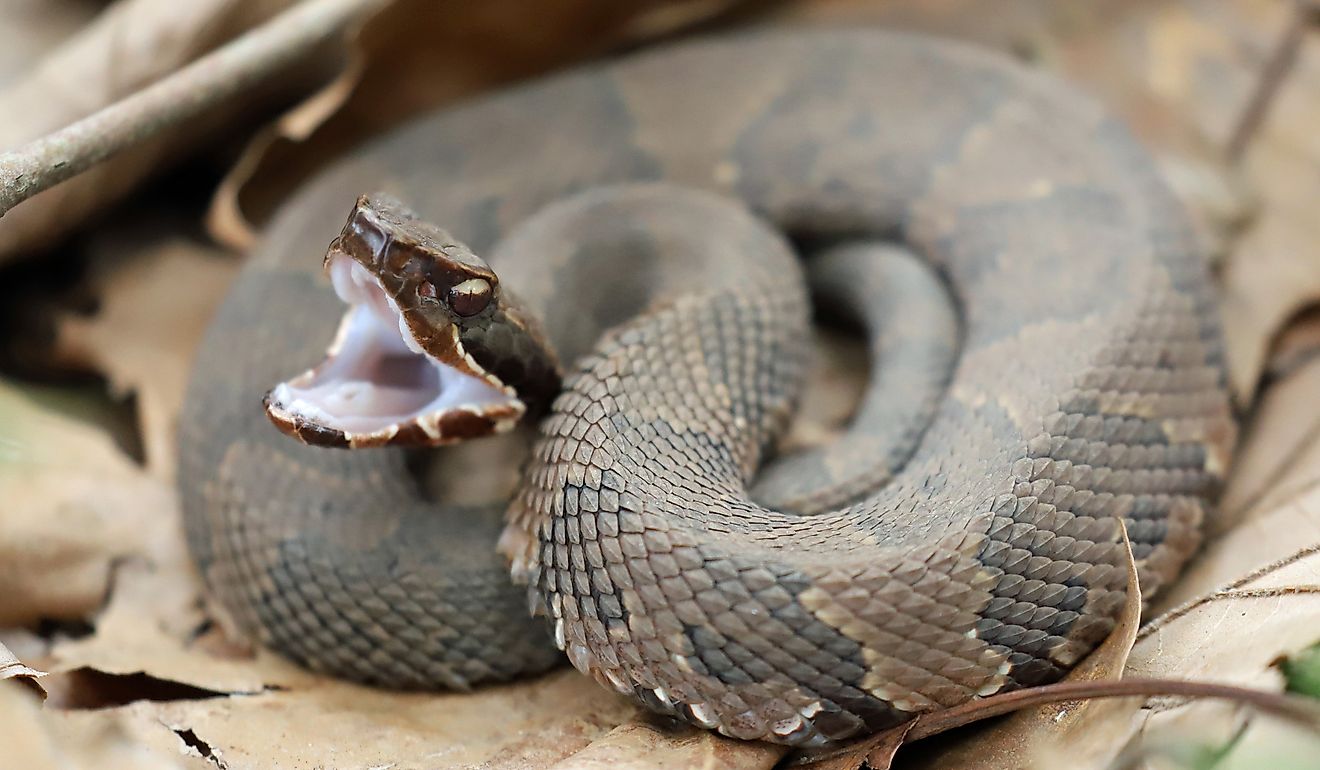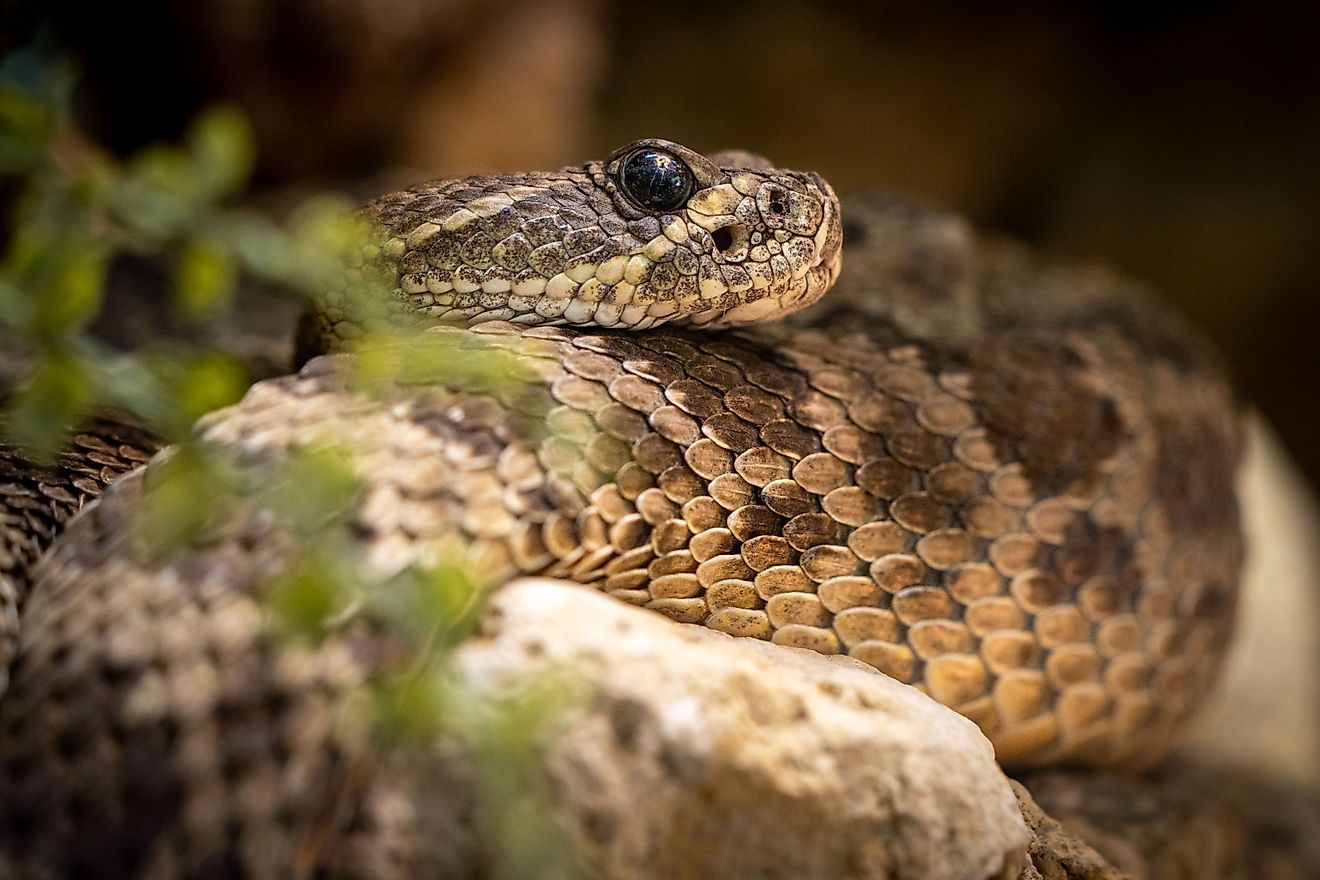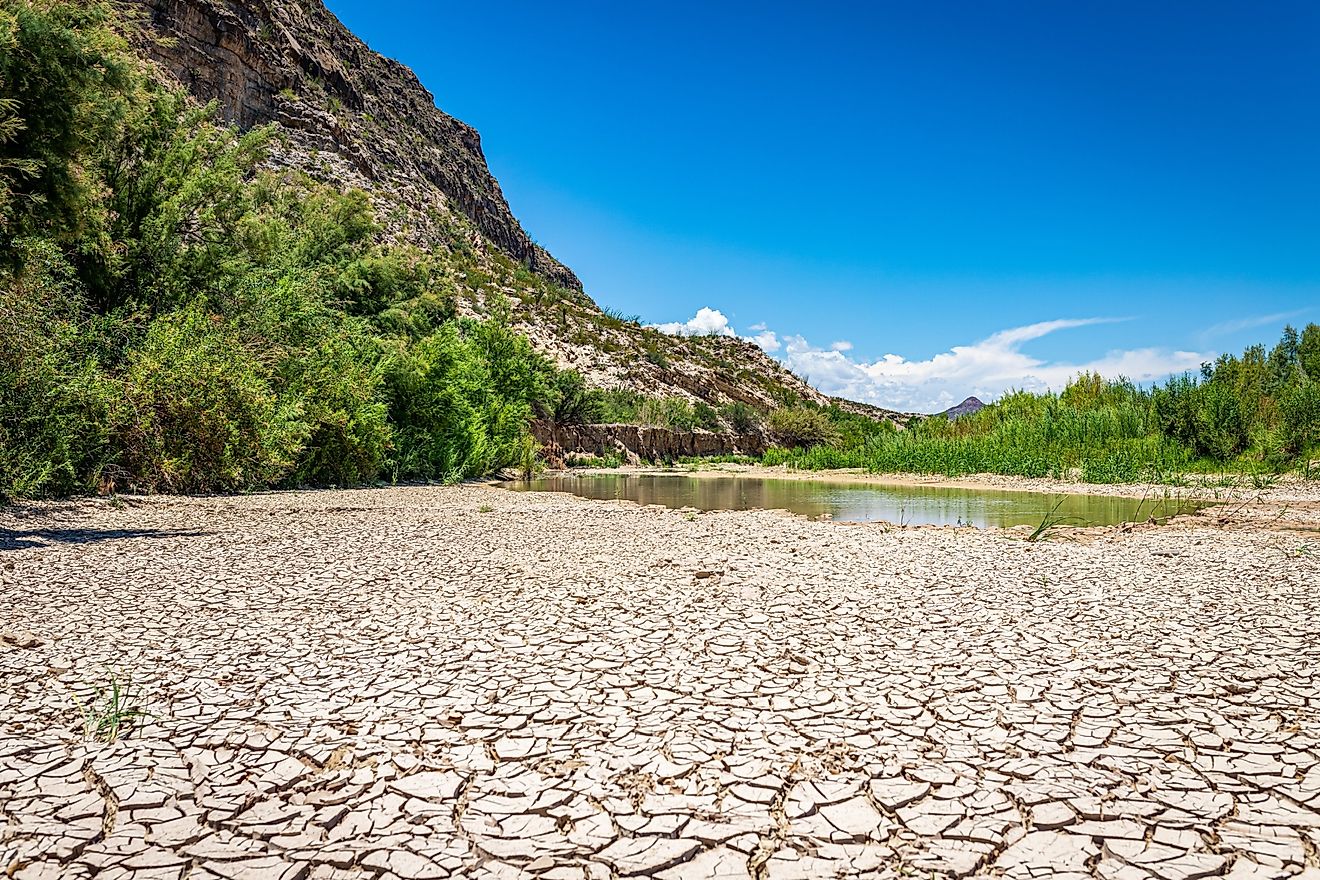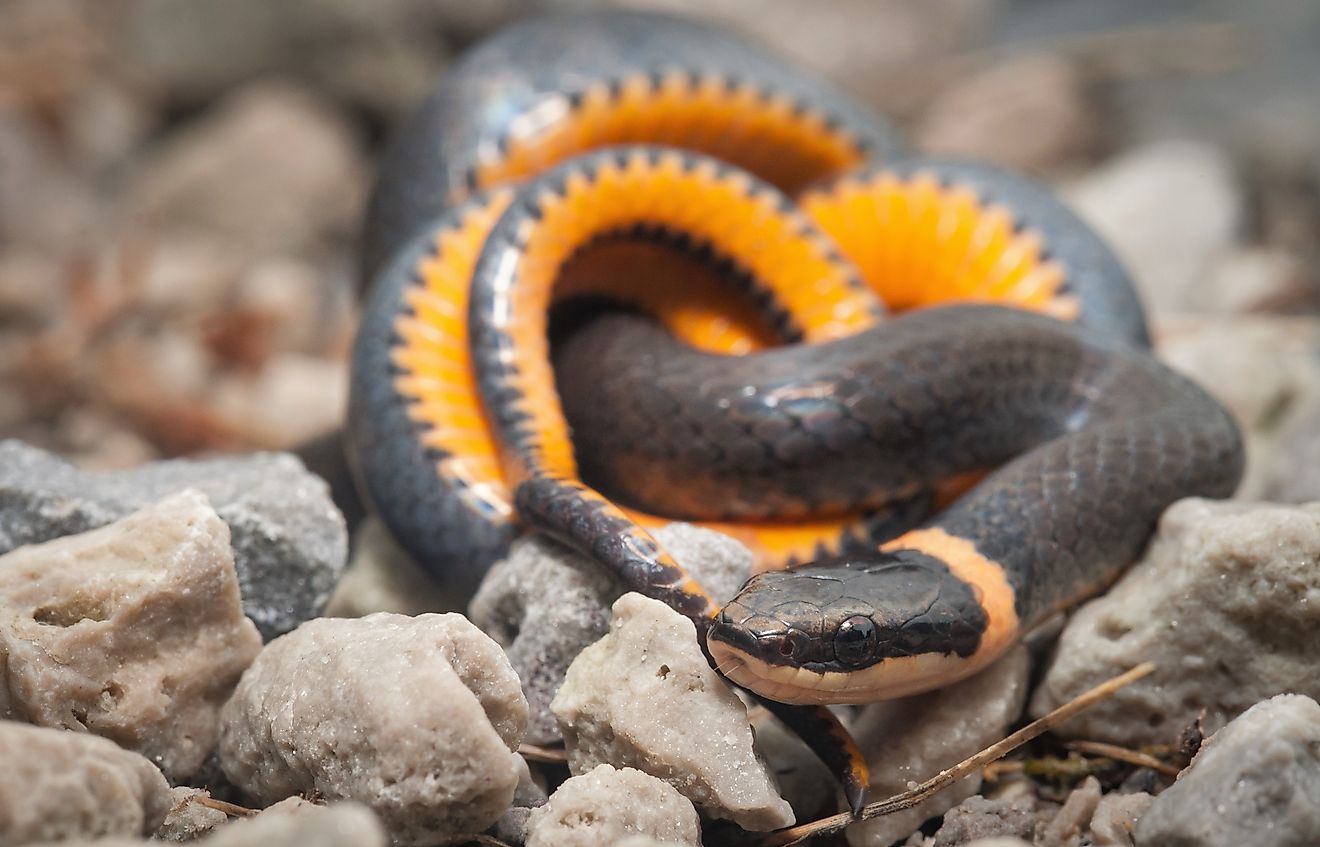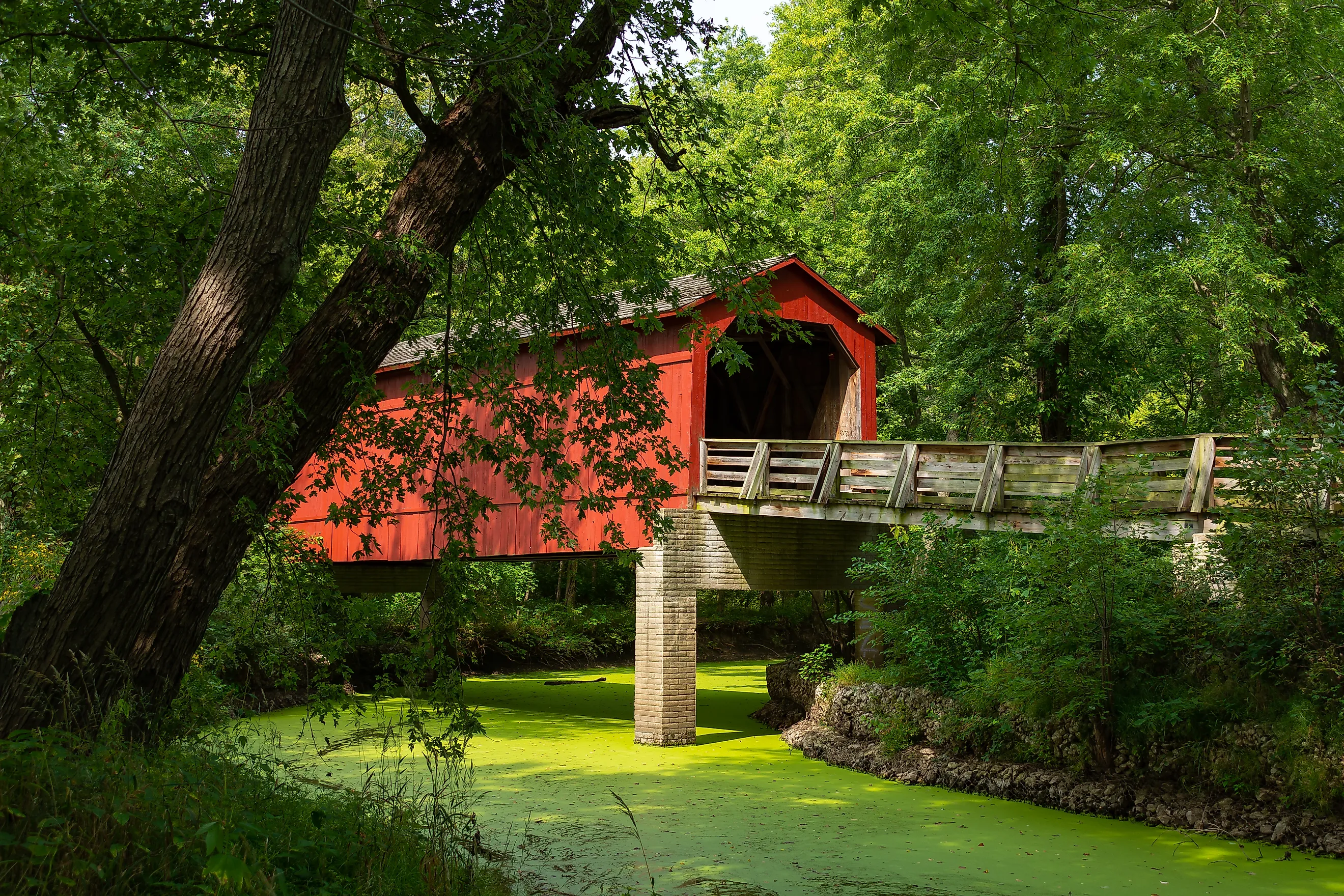
7 Most Snake-Filled Bodies Of Water In Indiana
Although most people planning to spend time in or around one of Indiana’s lovely lakes, rivers, and creeks may not be thrilled to hear it, these bodies of water are thriving ecosystems for native snakes. In general, this creature gets a bad rap, but fortunately, most of the species native to the Hoosier State are harmless. Regardless, swimming alongside one can still be quite startling. So when you’re around the seven most snake-filled bodies of water in Indiana, it helps to know where to look and how to share the space with these slithery reptiles.
Patoka Lake
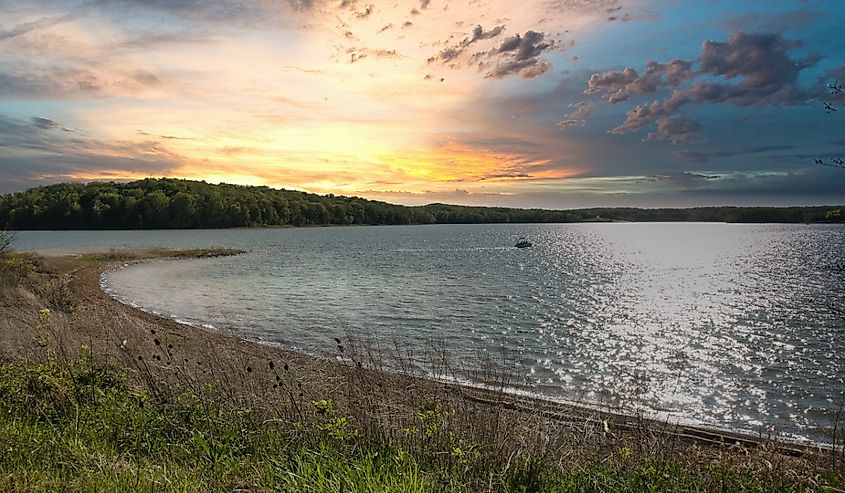
Nestled in southern Indiana near the Hoosier National Forest lies the scenic Patoka Lake. Surrounded by a hilly shoreline, tree-shaded coves, and local wildlife, this 9,000‑acre reservoir is home to many species of snakes. Among the native snake inhabitants are several non‑venomous snakes who all thrive in the warm, shallow waters and lush banks of Patoka Lake. The Northern water snake is by far the most common. Sometimes known as the “Common Water Snake,” this species enjoys swimming in the deeper parts of the lake, as well as basking in the sun — so watch which logs and rocks you step on! Gray rat snakes and common garter snakes are also frequently found in and near the lake. While the snake population is abundant here, they are nonvenomous and generally pose no serious risk, even if they bite.
Kankakee River
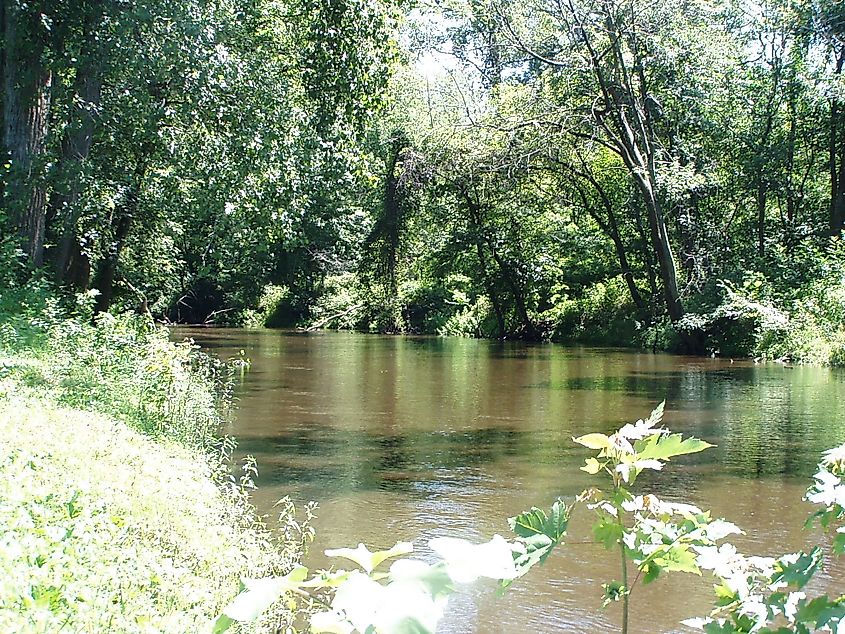
The lush forests, marshes, and willow-lined banks that line the Kankakee River in northwest Indiana make it an ideal habitat for native snakes. In the river’s slow waters, Northern water snakes, which can grow up to almost 5-feet long, swim as they feast on fish and small amphibians. Along the edges of the river, a variety of garter snake species (Eastern, common, plains, and ribbon species) prey on small frogs, insects, and worms. Bull snakes and gray rat snakes also roam the area. Like most of Indiana, venomous snakes, such as cottonmouths, are effectively absent in and around the Kankakee River.
Chain O' Lakes State Park
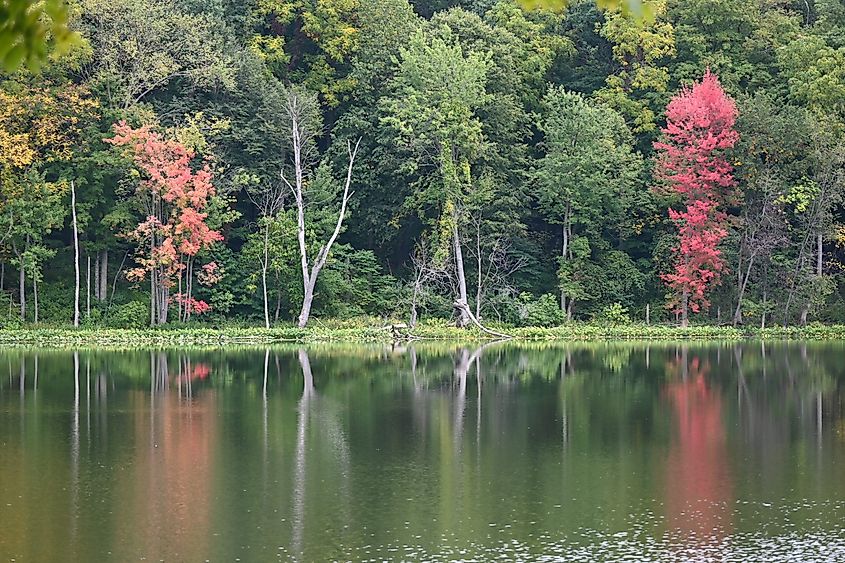
Located less than 20 miles northwest of the manufacturing and distribution hub Fort Wayne, lies the peaceful Chain O’ Lakes State Park. The heart of this state park is the interconnected kettle lakes that allow multiple native snake species to thrive. As in many of Indiana’s other bodies of water, the Northern water snake reigns supreme in the park’s lakes. The shallow waters make it easy for this dark-colored snake to blend into its surroundings. While the Northern water snake is often mistaken for venomous cottonmouths, they’re generally harmless. Garter snakes also reside on nearby shorelines and trails — but again, don’t worry; they dine on slugs and worms in the area and are also nonvenomous.
Tippecanoe River
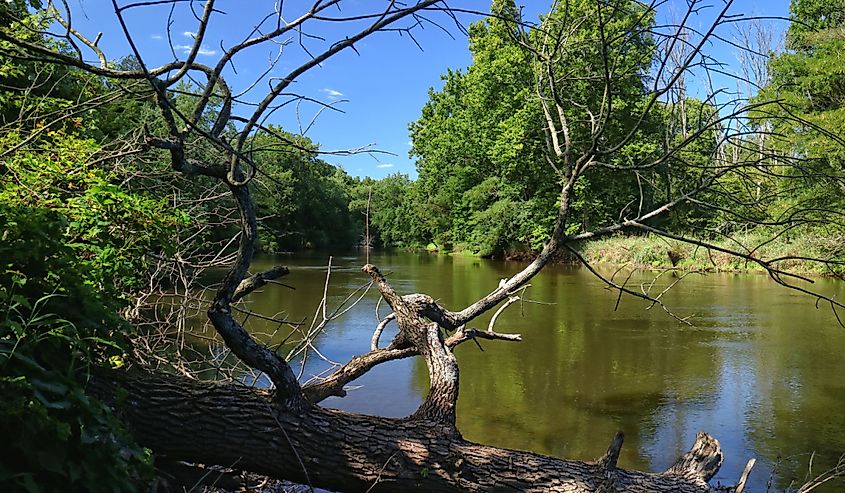
Winding through northern Indiana’s central Corn Belt is the Tippecanoe River, home to beautiful midwestern scenery and more local snake species. In the 182 miles of river stretching from Crooked Lake to the Wabash River, an exceptional amount of biodiversity thrives; and the warm, slow-moving river is prime real estate for snakes including Northern water snakes, queen snakes, Western rat snakes, Eastern hog‑nose, common garter snakes, brown snakes, and Western fox snakes. Though sightings are scarce, the endangered copperbelly water snake may also be present in northern Indiana riparian zones. While none of these species are venomous, it is still best to admire them from a safe, respectful distance.
Wabash River
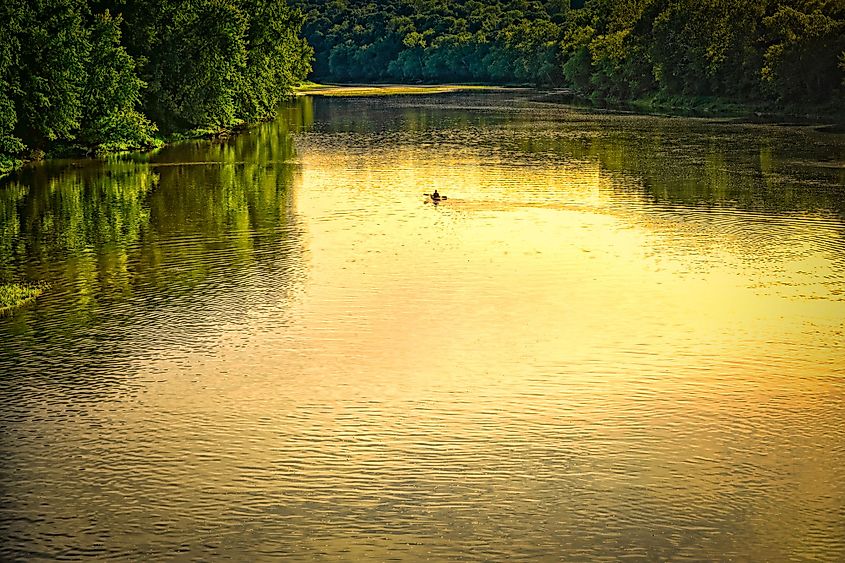
Indiana’s longest waterway, the Wabash River, flows through diverse landscapes and supports a thriving snake population. The Northern and midland water snakes often spend time basking on driftwood and swimming beneath the river’s surface. Additionally, the diamondback water snake resides in much of the southern part of the Wabash. This snake is easy to recognize because of its chain-diamond pattern and heavy build. Other common snake species in the area include North American racers, gray rat snakes, common ribbon and garter snakes, and Kirtland’s snakes. Urban runoff affects some sections of the Wabash River, which may affect the population of snakes.
Lake Monroe
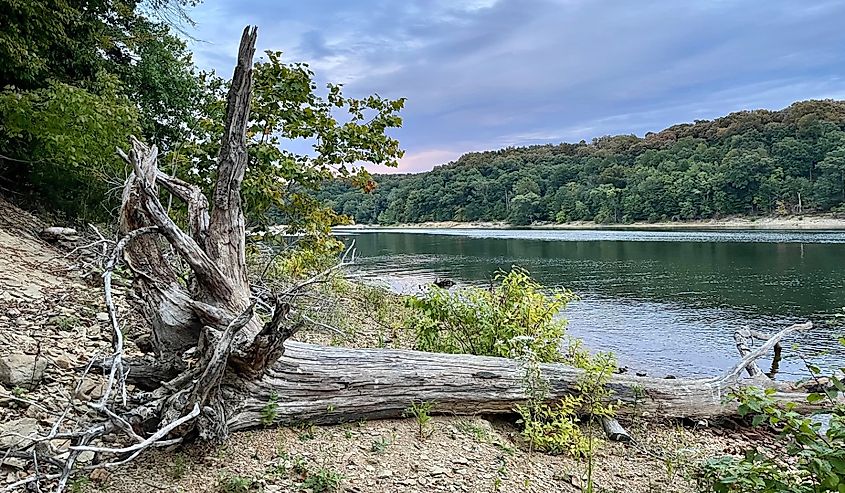
Just southeast of Bloomington, Lake Monroe is the state’s largest reservoir (over 10,000 acres of water) and home to a variety of snake species. The lake’s calm, shallow waters and sunlit banks provide an excellent habitat for Northern water snakes, common garter snakes, and plains garter snakes. Gliding through the more marshy areas, slender and striped Northern ribbon snakes often search for tadpoles. Occasionally, but less frequently encountered, are the Eastern racer, ring‑necked snake, smooth green snake, and the stealthy Eastern hog-nose snake. Although documented sightings of venomous species like the timber rattlesnakes and copperheads are recorded in Monroe County, these types of species remain rare around the lake.
Sugar Creek
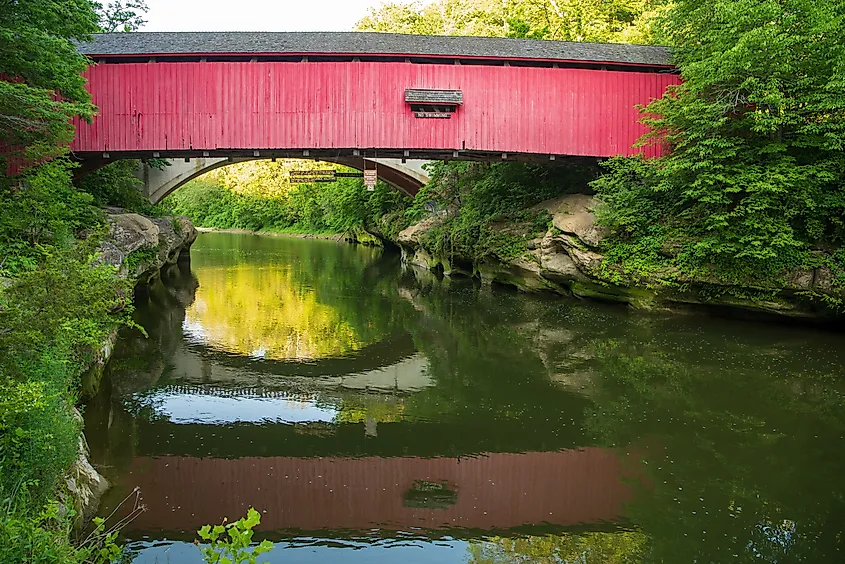
Flowing through west-central Indiana’s scenic limestone valleys, Sugar Creek hosts a diverse array of water-loving snakes. The slow, sun-warmed current and stone-lined banks of this Wabash River tributary provide the perfect habitat for Northern water snakes, midland water snakes, diamondback water snakes, and, to a lesser extent, plain‑bellied (also known as copperbelly) water snakes as they swim, hunt, and soak up some sun. As in most areas of Indiana, encountering a venomous species like copperheads or cottonmouths is exceptionally rare, but snakes of any kind should be left in peace when found in the wild.
Snakes are a natural and essential part of various aquatic ecosystems, and the lakes, rivers, and creeks of Indiana are no exception. The good news is that most native snake species in this state are far more interested in sunbathing or hunting frogs than bothering humans. The majority of snakes seen swimming around in the Indiana waters are nonvenomous and pose no serious risk to humans. Whether you are a snake enthusiast or not, being aware of the types of snakes around you, as well as their habits, can make running into them in the wild a lot less scary.

